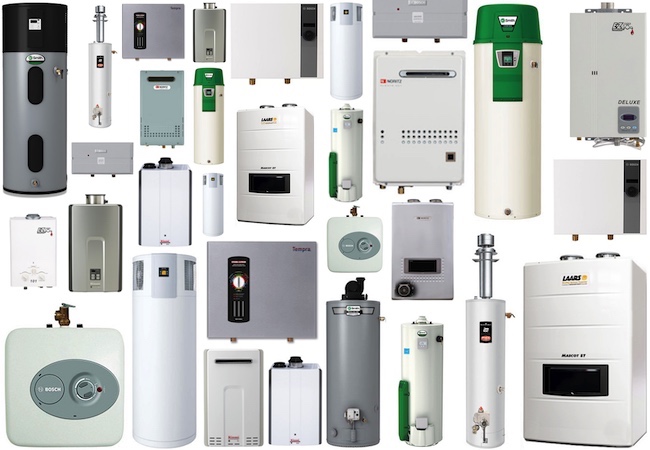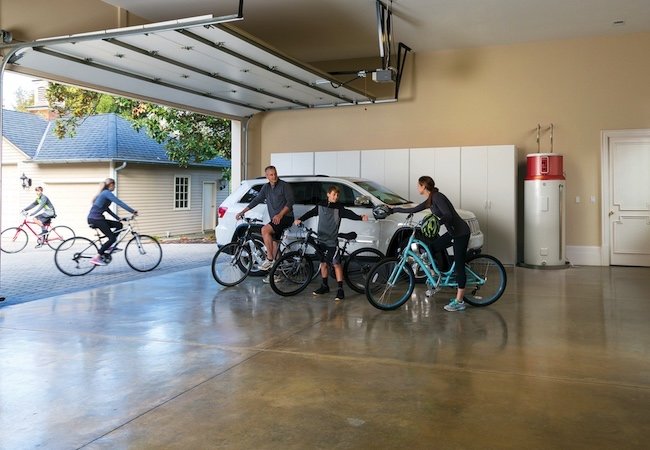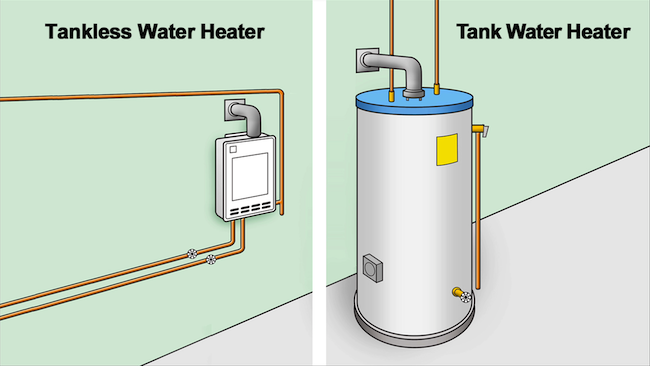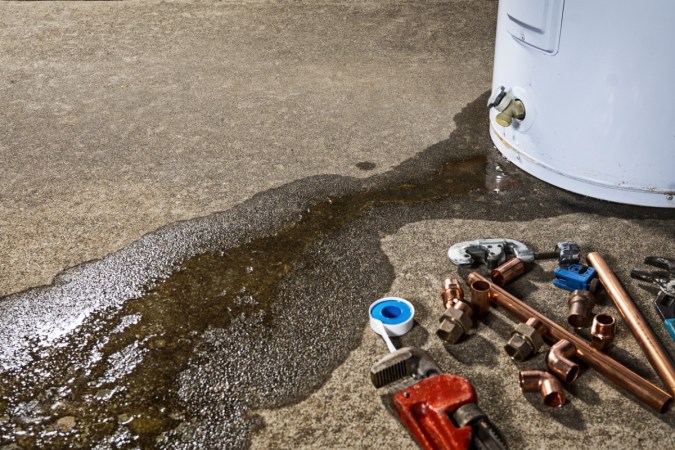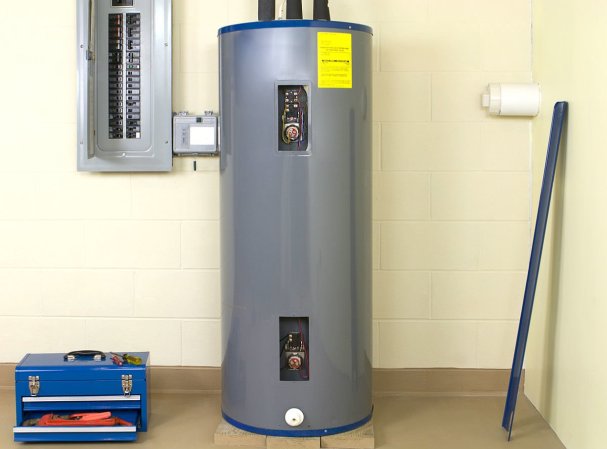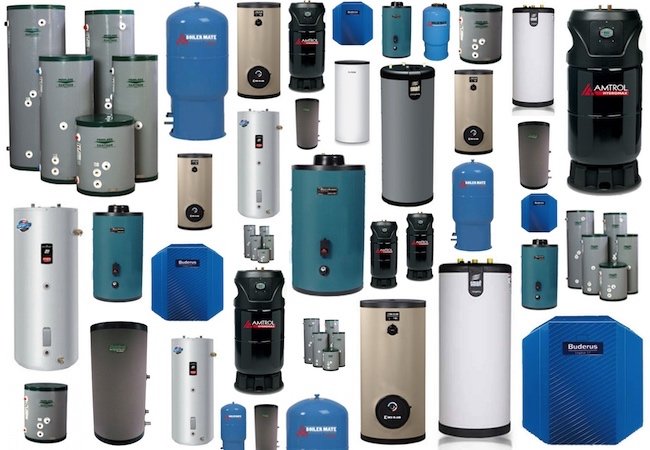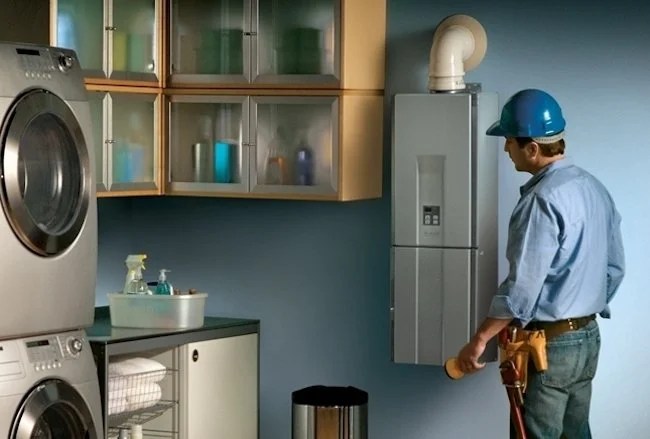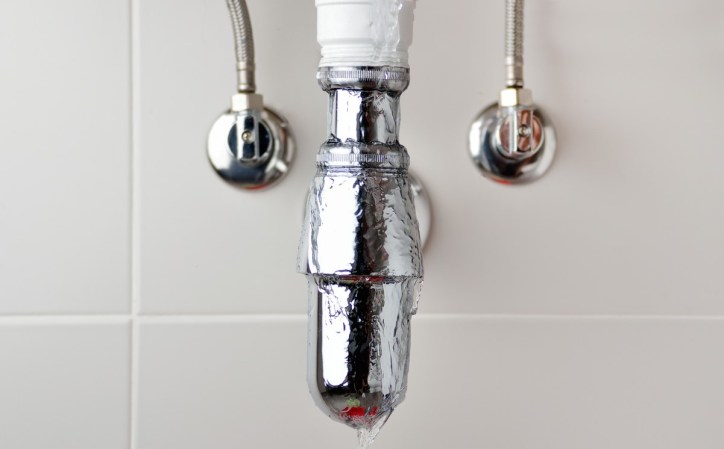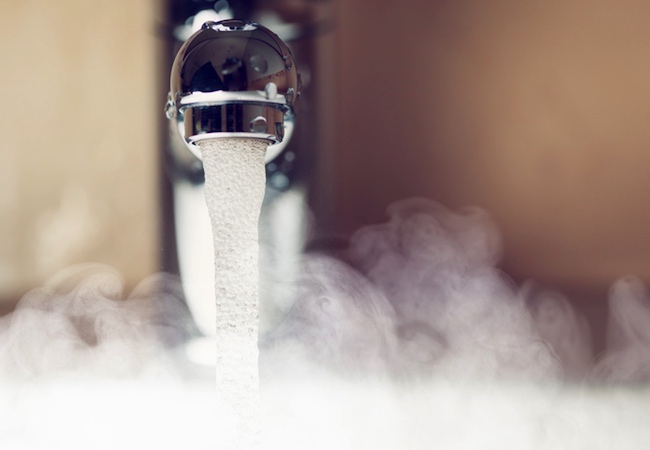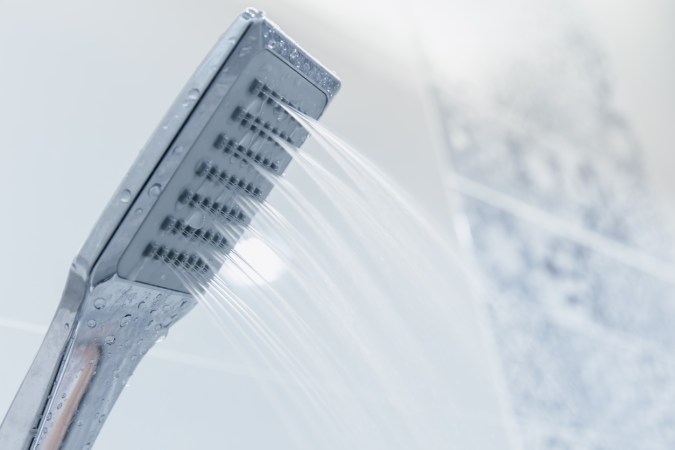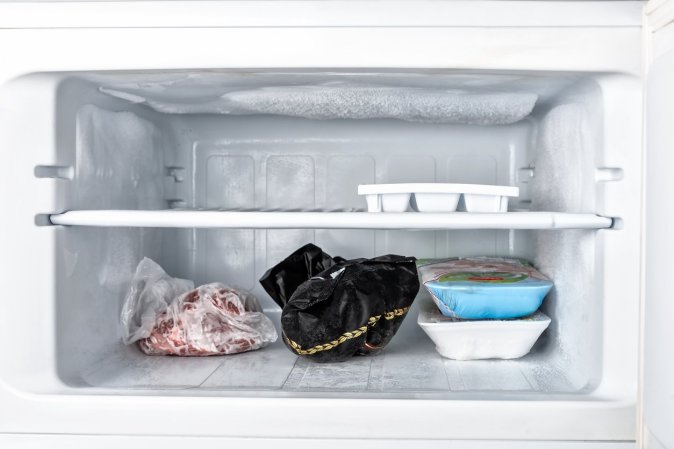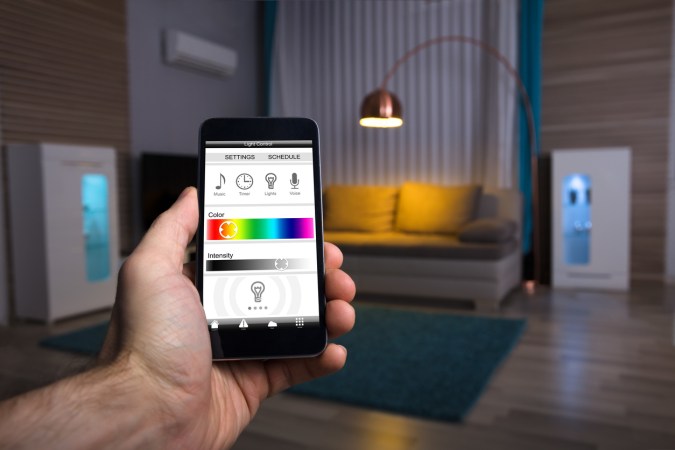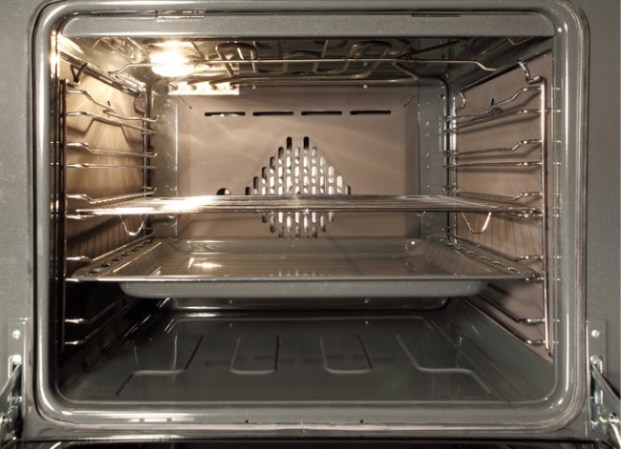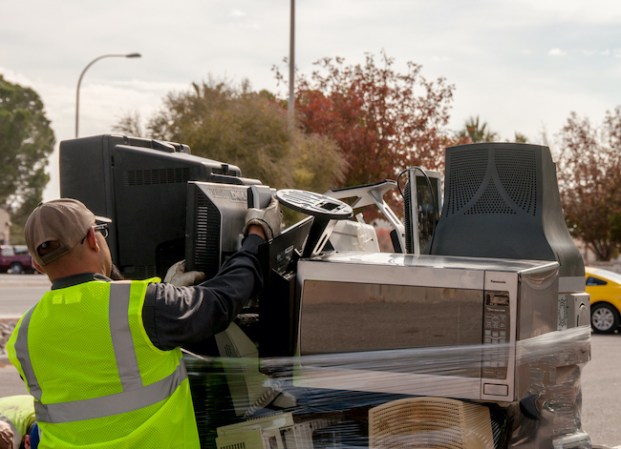We may earn revenue from the products available on this page and participate in affiliate programs. Learn More ›
Q: I just opened my electric bill, and my jaw dropped. It’s way higher than ever! I called the electric company to see if there had been a mistake, but I was assured there wasn’t. Why is my electric bill so high? What am I doing that’s using so much electricity?
A: Receiving a startlingly high electric bill has happened to most of us at one time or another, and it’s never a pleasant experience. According to Energy Star, a program run in part by the U.S. Department of Energy (DOE), the typical household spends “more than $2,000 a year on energy bills.” Of that amount, approximately 29 percent goes to heat a home, and the rest is divided between cooling costs and the cost to operate appliances and electronics.
There’s no single fix for how to lower your electric bill, but keeping an eye on notoriously energy-hogging appliances and using a smart thermostat can keep you from wondering, “Why is my electric bill so high?” Keep reading to find out what could be going on in your home that’s causing your electric bill to skyrocket and what you can do to save on electrical bills moving forward.
Research what the average energy bill in your area should be.
In the past few months, many households have seen an increase in their electrical bills, due in large part to supply issues and the rising price of natural gas. The U.S. relies on natural gas for about 40 percent of the country’s electrical power, and those who live in regions where electric and gas services are connected are likely to feel the biggest pinch in the wallet. Even though what’s “normal” in pandemic times isn’t exactly in line with what’s been normal historically, it’s still important to check your energy bill against the typical electric bill for your area.
To get a clearer picture of how much your electric bill has gone up, look back at the past year’s bills to find out how much the average electric bill was for your home based this time last year. Then, research online resources like SaveOnEnergy or the U.S. Energy Information Administration and compare their data with your household’s bills. To learn the estimated costs of running various appliances based on the electricity rates in your state, check out the Appliance Energy Calculator on energy.gov.
An electric furnace could be the culprit.
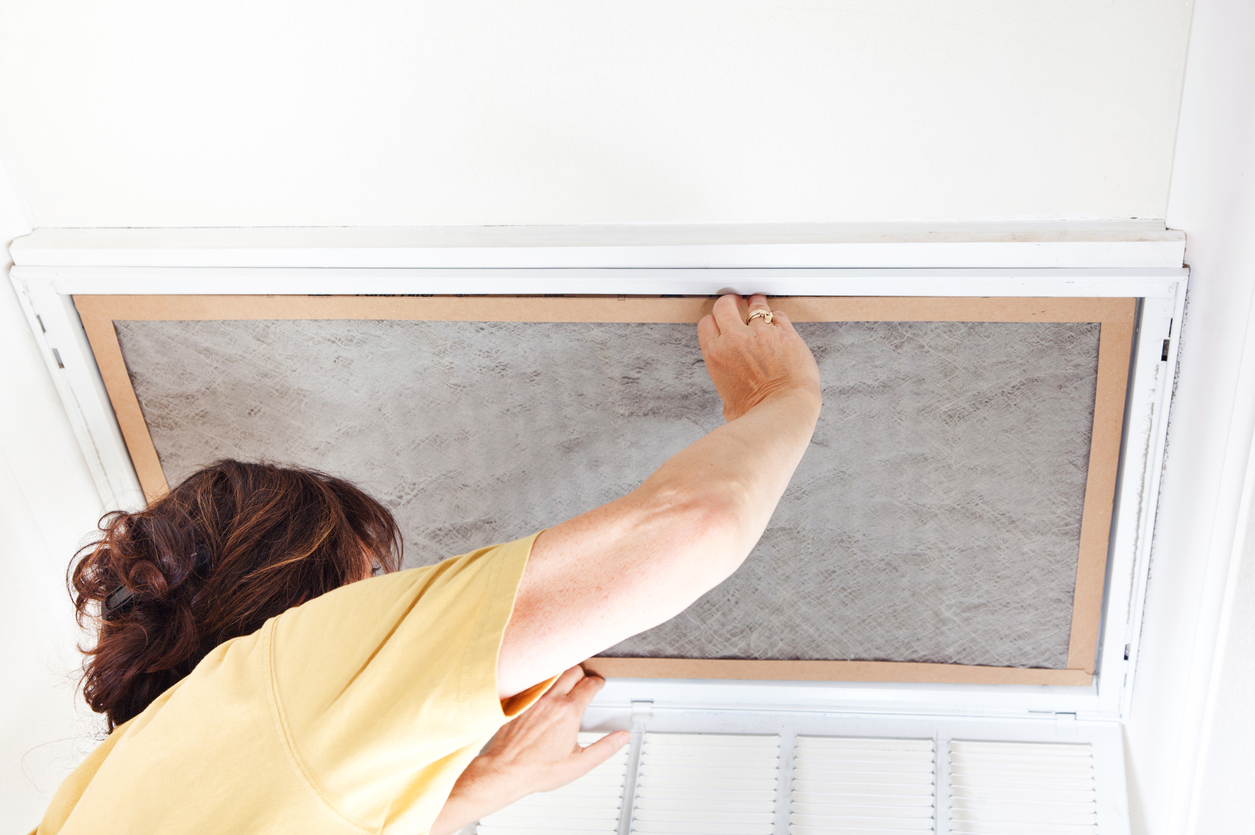
If you’re wondering what uses the most electricity in a home, an electric furnace is usually the culprit, at least it is in regions with cold winter weather. As cold weather settles in, homeowners and renters rely on furnaces to keep their homes cozy and warm, but electric furnaces are notoriously expensive to operate and are often the cause of an abnormally high electric bill in winter. Though energy rates vary by state, the cost of electricity is typically higher than that of natural gas or propane. This is why you’ll usually get a high electric bill once you start turning on the heat.
You can reduce your heating bill by regularly changing the furnace’s air filters.
A furnace works harder to draw air through a clogged filter than it does through a clean one. Regularly changing or cleaning filters will reduce the furnace’s runtime, which should in turn lower your electric bill during the winter. The frequency with which furnace filters need to be changed depends on the size and type of filter you have, along with your household’s habits. If you have a pack of furry friends leaving dander all over the house, for example, or you’re in the middle of a renovation that’s drumming up a lot of dust, your filters will need to be changed more frequently than usual.
Old windows and worn weatherstripping can make a HVAC system less efficient.
If the weatherstripping around windows or doors is cracked or peeling, conditioned air may be leaking outside. The less cool air is kept indoors, the harder the furnace has to work to keep the temperature down. Simply caulking drafty windows and installing new weatherstripping on exterior doors and windows can help keep warm air in and cold air out, and reduce how often your furnace runs.
Aging refrigerators can be energy hogs.
The average useful life of a fridge is around 10 to 17 years, but after 8 to 10 years, the door seals can begin to wear out. The worn areas can allow cool air to leak out of the refrigerated compartment, which results in the fridge working overtime to keep perishable foods cold. Other components, such as the motor and the compressor, can also wear down over time, becoming less efficient and running for longer periods of time.
Replacing door seals, which you can buy from the appliance manufacturer, can help seal cool air in the fridge. Having the unit inspected yearly and maintained by a professional appliance technician will also help keep it in good running order. Appliance technicians charge $50 to $150 per hour and will usually complete an annual service call in an hour or less. The cost of hiring a technician may pay for itself within a few months.
RELATED: These Are the Biggest Electricity Hogs in Your Home
Keeping a spare fridge or freezer will increase your electric bill.
Many homeowners like to keep a spare refrigerator or deep freezer in a basement or garage but according to EnergyStar.gov, this extra appliance increases your electric bill by about $125 per year. To get a better idea of how much your extra fridge or freezer costs to operate, use the formula on Energy Star’s Flip Your Fridge Calculator.
If you decide to keep the extra refrigerator, make sure it’s full, even if you have to fill jugs with water to store on the shelves. When a fridge or freezer is fully stocked it maintains its temperature more easily, and the motor and compressor run less. If your spare fridge or freezer isn’t full, consider whether you really need it.
Your hot water heater’s temperature may be too high.

When you purchase a water heater, it often comes with the temperature preset to 140 degrees Fahrenheit. According to the Department of Energy, however, a temperature of 120 degrees Fahrenheit is plenty hot enough for most households.
By turning the water heater’s thermostat down 20 degrees, you can save between 6 percent and 10 percent on your water heating expenses. In addition, if your water heater is located in a basement or a garage, it will have to work overtime to keep the water in the tank hot when the surrounding air temps are cool. If this is the case, you might want to consider insulating it with a water heater blanket, such as the Reflective Foil Hot Water Insulating Kit.
Frequent dryer use can raise your bill.
With energy averaging $0.12 per kilowatt-hour (kWh) (rates vary by locality), drying a load of laundry every day would add $122.20 to your annual electric bill, as the Appliance Energy Calculator shows. Just by hanging half of the loads on a clothesline (when the weather is good), you can save about $60 on your annual electric bills.
Older incandescent light bulbs pull a lot of energy.
Between 2012 and 2014, new regulations took effect that required light bulbs to use 25 percent less energy. If you’re still using incandescent bulbs, consider switching to high-efficiency CFL or LED bulbs; the average household could save up to $225 per year on light bills by making this easy substitution. When buying light bulbs, look for the Energy Star logo on the package to ensure you’re buying energy-efficient bulbs. This simple switch can help you save on electric bills year round.
Using appliances during peak hours is pricey.
Peak hours are specific hours during the day when your utility company charges more for electricity. These are the hours during which the demand for electricity is the highest, so utility companies discourage use by charging higher prices during this time in order to help conserve energy.
For example, a utility company might charge $0.12/kWh, but during summertime peak hours between 2 p.m. and 6 p.m., it might increase the cost of using electricity to $0.24/kWh—double the regular rate. Call your electric company to ask if it’s currently charging a peak hour rate.
RELATED: 14 Secrets of People With Low Energy Bills
Someone could be stealing your electricity.
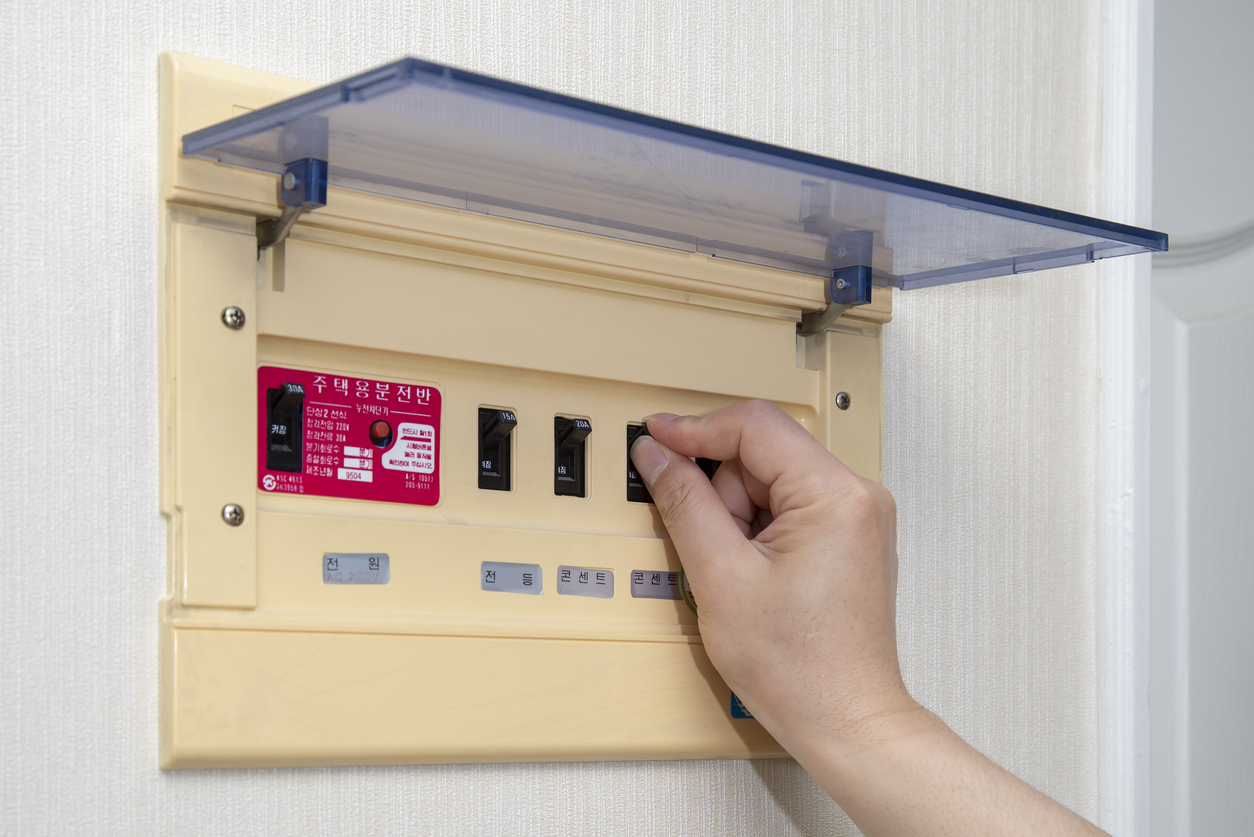
Though uncommon, an unexplained spike in your electric bill could be a sign that someone’s tapping into your electricity. Thieves stealing electricity is more common in apartment buildings and duplexes than it is in neighborhoods with single-family homes, and it can easily double an electrical bill.
Here’s a quick test you can do to determine whether someone’s pilfering your power: Shut off the main breaker at your electric meter, and then watch the meter. If the meter numbers continue to climb, electricity is going somewhere besides your home. Notify your utility company, and it’ll send out a tech to trace the electricity.
Standby electricity could be running up your bill.
If you’re serious about reducing your high electric and light bill, unplug computers, printers, televisions, and other items when not in use. Newer electronics often enter a standby mode when you turn them off, but they’re still drawing a trickle of electricity.
By going into standby mode, the electronics will power up quickly when you turn them back on, but if you won’t be using them for several hours, conserve electricity by making a habit of unplugging them. You may find that you don’t mind waiting a few minutes when you turn them back on in exchange for a lower electric bill.
A wattage tester can help you determine how much electricity your appliances are using.
Did you know there’s actually a device to lower your electric bill? If you suspect one of your appliances is using excessive amounts of electricity, find out for sure with a wattage tester, such as the Poniie Watt Tester. Simply plug your appliance into the tester, plug the tester into the outlet, and then run the appliance as usual for 24 hours. The wattage tester will record the appliance’s electrical usage over a 24-hour period. Multiply the results by 365 (the number of days in a year), and then compare the number to the annual estimated electrical usage for the same appliance on the Appliance Energy Calculator.
Final Thoughts
Instead of wondering and worrying about why your electric bill is so high, take action to determine the causes. Aging appliances, overdue maintenance on appliances and windows or doors, and running extra appliances that are no longer needed are among the top three culprits that cause high energy bills.
FAQs About How to Lower Your Electric Bill

There is a lot to consider when figuring out why an electric bill is suddenly higher. From changes in the cost of electricity to energy leaks and worn appliances, there can be many different causes. Below are answers to some of the most common questions about how to lower your energy bill.
Q. How much is the average electric bill for a 3-bedroom house?
The average electric bill for a 3-bedroom home varies based on the climate, season, and local economy. Since the average electricity cost is about 12.07 cents per kilowatt hour, and the typical 3-bedroom home uses nearly 1,000 kWh per month, the average monthly cost is about $120.70.
Q. Does unplugging appliances when they’re not in use save electricity?
Yes, unplugging an appliance can save nearly 10 percent on an electric bill, according to the U.S. Department of Energy.
Q. What uses the most electricity in a home?
The HVAC system uses the most electricity in a home.
Q. What uses more electricity, an electric furnace or radiant floor heating?
Radiant heat is 30 percent more efficient than a furnace.
Q. What electronics use the most electricity?
The electronics that use the most electricity are central air conditioning, water heater, refrigerator, dryer, and oven range. TVs and laptops use much less.



